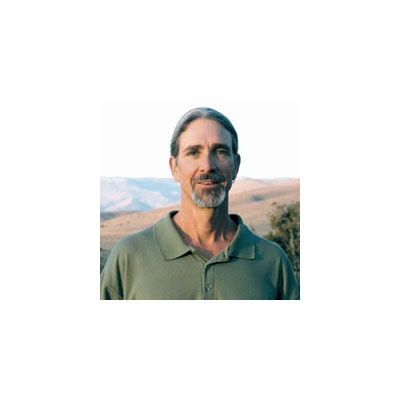“Rants from the Hill” are Michael Branch’s monthly musings on life in the high country of western Nevada’s Great Basin Desert. This post originally appeared on High Country News and is reposted with permission.
While you might imagine that artificial Christmas trees may be traced back only as far as the glory days of plastic in the 1950s, people actually began making fake holiday trees in the mid-nineteenth century. The practice began in Germany, where extensive deforestation compelled folks to make “trees” out of goose feathers that were dyed green. I don’t know what it says about a culture’s environmental stewardship when its geese outnumber its trees, but if goose feathers seem like a weird thing to make a tree out of, try optical fiber or holographic mylar, the latest trends in holiday-spirited arboreal fakery.
Eleven million artificial Christmas trees are sold each year, and sales continue to rise in an industry that is worth 800 million real dollars annually. And this despite the fact that 80% of these fake trees are manufactured in China, where environmentally hazardous lead stabilizer was the chemical du jour in binding the PVC from which the trees are fabricated. Although the recipe has now been changed to tin stabilizer instead (which somehow doesn’t sound much better), the EPA estimates that 20 million artificial Christmas trees still in use in the U.S. are slowly-detonating toxic lead bombs.
On the other hand, people who buy cut trees shouldn’t rush to any sanctimonious claims of superiority over the fake tree folks. As it turns out, the farm-raised vs. artificial Christmas tree argument is about on par with paper vs. plastic bags at the grocery checkout. The live tree market is now worth more than a billion bucks annually, and employs around 100,000 people. But the industry also occupies 350,000 acres of land with a monoculture crop that is not particularly good wildlife habitat and is often treated with pesticides. The spraying, cutting, and transportation of the 25 million farm-grown trees sold each year also generates almost two billion pounds of greenhouse gases. I get that nobody wants to decorate their Christmas tree while pondering its contribution to global climate change, and I’m also aware that the acres not given to Christmas tree production are more likely to be planted in fertilizer-soaked GMO corn than protected as sanctuaries of wildness and biodiversity. Still, I don’t want you live tree people to jump to the conclusion that you’re necessarily more righteous than your neighbors just because your tree arrived in an eighteen-wheeler instead of a cardboard box.
Of course the fake vs. farm-raised fork in Christmas Tree Road (which reminds me of Yogi Berra’s sage advice that “When you come to a fork in the road, take it!”) leaves out a third route—a practice that was once ubiquitous but is now so statistically insignificant that the Christmas tree data nerds don’t even bother counting it: hoofing out into the wilds to cut your own tree. Our annual family tradition is to take our two young daughters, Hannah and Caroline, and join the family of our buddies, Cheryll and Steve, and head out into the wilderness of central Nevada to cut our Christmas tree. Now you might think the Great Basin Desert, which is a vast sagebrush ocean dotted by glaring, white islands of salt encrusted-alkali flats, would be an uninviting place to hunt up a decent tree. Not so. Nevada has more than 300 mountain ranges, most of which are home to “the PJs,” desert rat shorthand for a high-elevation desert forest consisting of dominant pinyon pine-juniper woodland.
Lower elevation of the Desatoya Range, Nevada. Photo Courtesy of Michael Branch
In our part of this big desert, the pinyon-juniper biome occurs above about 4,000 feet and below the alpine zone. It requires 10-20 inches of annual precipitation (which falls mostly as snow), and so it exists in a band above the lower-elevation sagebrush steppe, which receives only 4-8 inches of moisture. Although the PJs have some scattered sage, rabbitbrush, and ephedra—even an occasional Jeffrey pine—this environment consists almost exclusively of pinyon pine and juniper trees. Although many people picture our part of the world as a bleak, treeless desert, almost 20 million acres of the Great Basin (nearly a fifth of its total land area) is occupied by the PJs.
In fact, these pinyon pine-juniper forests are colonizing more ground every year. Since the mid-nineteenth century the PJs have expanded at least three-fold, and perhaps as much as ten-fold. This expansion and infill, which has been caused by a number of factors including over-grazing and fire exclusion, is now encroaching on the sagebrush ecosystems that are home to threatened species such as the pygmy rabbit and sage grouse. Land managers here in the Great Basin are using fire—and fire surrogates like thinning—to check the advance of the PJs and protect the sagebrush biome they are so successfully invading from above.
Continue reading the full post here.



